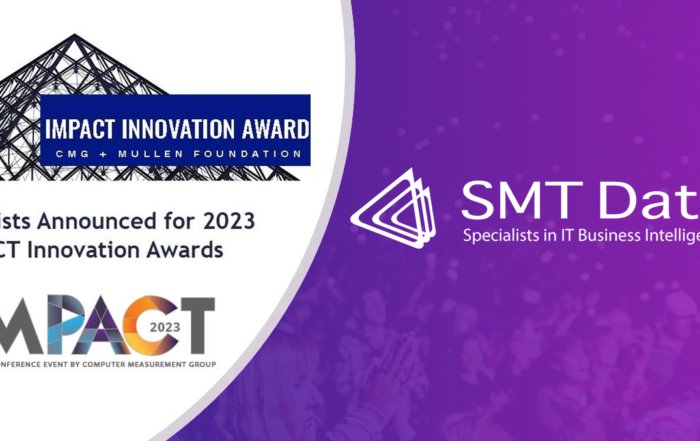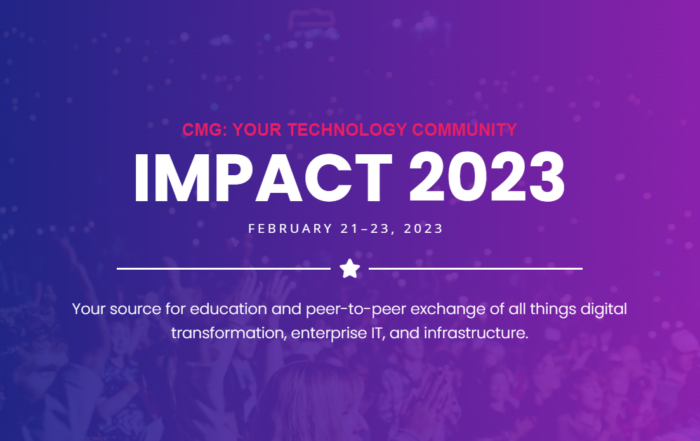Guest blog by Heidi Schmidt, PKS
Legacy systems and applications are still the backbone of our economy
We all know it: nothing drives our everyday life more than classic mainframe applications programmed more than 30 years ago in Cobol, PL/1 or Natural. These applications are still the backbone of our economy and as recent blog posts from the USA show, also our Achilles heel.
Replacing legacy systems has shown to be harder than expected
In many cases there has been a wish to replace these systems either because of a general lack of comfort in the relationship with the quasi-monopolist IBM, or because of the worries arising from the increasing retirement of the people with the skills to maintain and operate these systems. However, these replacements have rarely been fully successful. And so today, companies are steering on an increasingly risky course, and often only realize when it is too late, that control of the systems has long since been lost.
Specialized tools can help achieving transparency and regaining control
Therefore, more than ever, transparency into and control over the running systems are prerequisites for any step into the future. No matter if you want to replace, renew, or migrate your infrastructure: there is no way around mastering the legacy systems.
But what to do if the knowledge that was contained in the minds of the former experts is no longer available, if the company only has undocumented code and the department no longer really knows the processes it needs to follow?
Create transparency
The first step should always be creating transparency. This can be done in different ways but for example by working with ITBI for z/OS, applications can be mapped to capacity utilization and costs, thereby helping prioritize the code-analysis and re-engineering efforts.
Regain control
Ones you have identified the applications you want to work with, tools like eXplain can help you:
- Gaining understanding and overview of the source-code.
- Become familiar with unknown code up to 50% faster than you would be able to without the utilization of an ad-hoc tool.
- Avoid programming errors, and
- Increase code quality.
With eXplain, any source code types can be scanned and both static and dynamic information can be evaluated via sophisticated parsers, which can be customized to individual customer requirements. In this way, commonly used technologies such as Cobol, PL I, JCL, RPGLE, DDS, CL etc. are considered. All information from the parsing processes including customer-specific aspects (e.g. comments with special tags in the source code) are stored in a DB2 repository. For each type of analysis, evaluation and documentation, the repository can be queried directly with SQL commands.
With eXplain, optimized and individually adaptable technical documentation can be created for the customer.
You can read more about eXplain here and download our Whitepaper.
Understanding the past is the best way to move into the future
Creating transparency is the first step in the process that leads to a flexible and innovative future. By using modern and highly specialized tools such us ITBI for z/OS and eXplain it is possible to create the foundation for your ability to act, so that you can see the value of the existing software, and also find a way for it to a flexible and innovative future.





